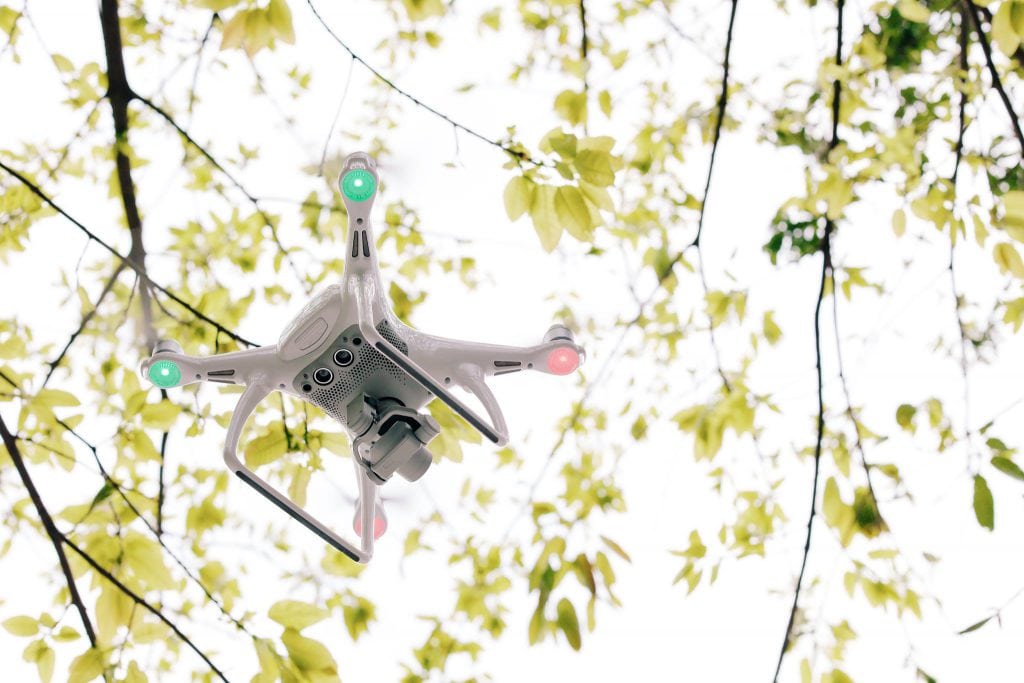
File photo
DJI delivered two white papers Saturday on its regulatory approach to safely grow drone traffic. During ICAO’s Drone Enable conference in Montreal, DJI showed its thoughts on unmanned aircraft system traffic management (UTM) and drone identification.
“Rather than develop complicated new systems using untested technology, DJI believes industry and government can address these challenges with equipment available today,” said Walter Stockwell, DJI director of technical standards, “and without requiring every drone flight to be permanently recorded in a government database.”
In one white paper, DJI proposed that UTM systems do not require a centralized control center to establish flight paths and help drones avoid other objects in the airspace. DJI proposed that instead, drones can directly coordinate their flight paths and avoid obstacles by using onboard anti-collision technologies. These technologies, such as obstacle sensing systems and radio transmitters and receivers, are already found on many civil drones.
“We envision a future in which drones will be smart enough to navigate safely through the airspace, avoiding obstacles, each other and manned traffic, all on their own, in most locations,” the white paper states. “Because onboard anti-collision technologies are less complex than an end-to-end automated traffic management system, because they present fewer points of failure, and because they can be deployed with no required investment in ground-based infrastructure, we expect these technologies will receive regulatory approval well before a networked UTM system will.”
DJI also believes existing technologies can be used for electronic identification for small drones. Existing command-and-control radio or Wi-Fi links could be used to transmit a registration number and other information, according to the manufacturer. DJI also said it believes authorities should be able to use local sensors to obtain drone information aircraft that approach sensitive areas or have been the subject of a complaint, instead of all data from all drones funneling into a centralized server.
“No other technology is subject to mandatory industry-wide tracking and recording of its use, and we strongly urge against making (drones) the first such technology. The case for such an Orwellian model has not been made,” Stockwell said. “The focus of the primary method for remote identification should be on a way for anyone concerned about a drone flight in close proximity to report an identifier number to the authorities, who would then have the tools to investigate the complaint without infringing on operator privacy.”
DJI said it has developed a system that detects radio signals transmitted by DJI drones and displays the information on a screen. Authorities can then view registration numbers and monitor activity. The system can be adapted to work on drones from other manufacturers, as well as on hobby drones. DJI said it has been deploying the system for testing and evaluation at two international airports since April.